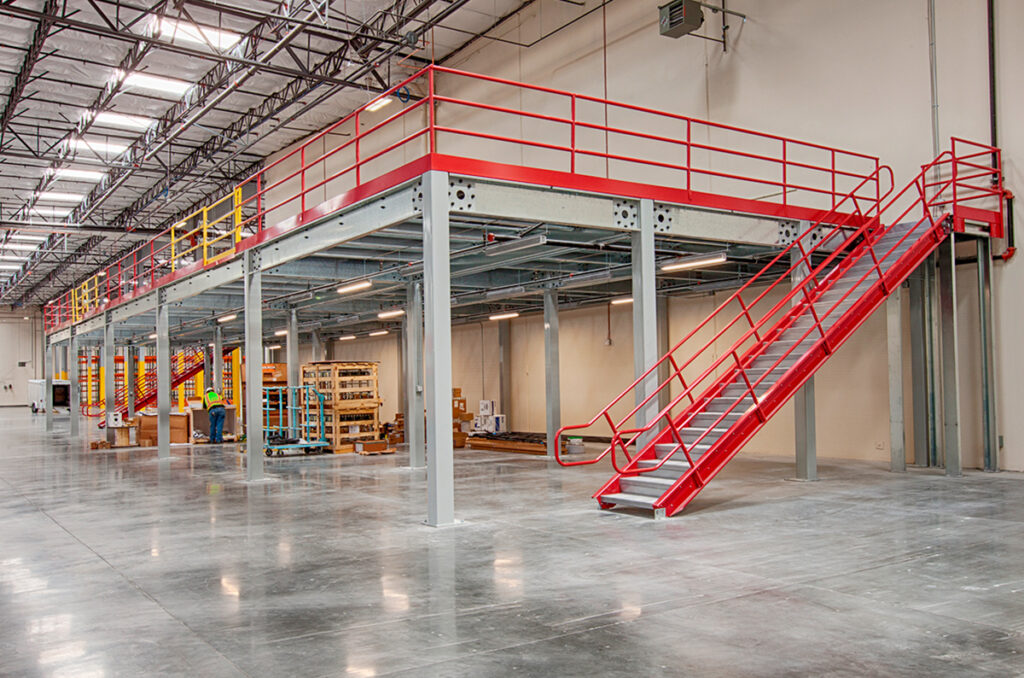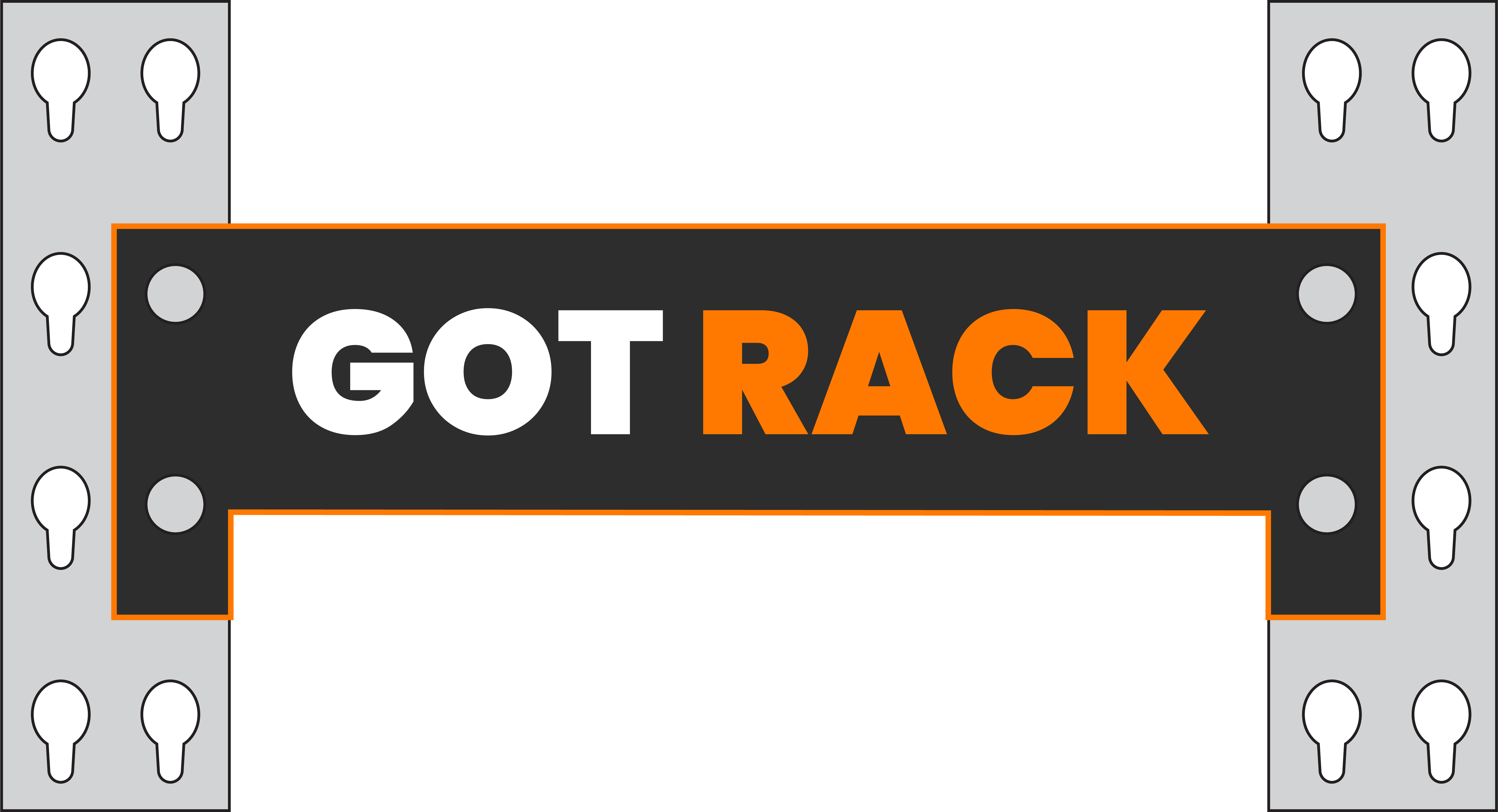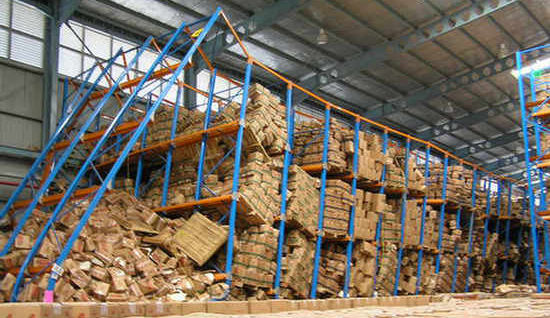Elevate Your Storage Potential: The Power of Industrial Mezzanines
In an era where industrial and logistical demands are skyrocketing, warehouse space becomes a premium commodity. Amidst this backdrop, industrial mezzanines emerge as a paramount solution for businesses grappling with space constraints. But what exactly makes mezzanines such a strategic choice? Let’s dive deeper into their features, benefits, and the tangible logistics that reinforce their value proposition.
An industrial mezzanine is a robust, intermediate-floor structure typically erected within high-ceiling warehouses or industrial facilities. The goal? To exploit the often under-utilized vertical space, creating an additional level above the ground.
Why Mezzanines are Revolutionizing Warehousing
Spatial Efficiency: According to data from the Material Handling Institute, warehouses with high vertical spaces (greater than 20 feet) often utilize only 50% or less of their total volume. Mezzanines can convert a significant portion of this unutilized space into productive areas, potentially doubling or tripling the floor space.
Economic Considerations: Land prices, according to global property indices, have surged over the past decade, making horizontal expansion increasingly costly. In contrast, building upwards with mezzanines represents a fraction of the price per square foot, negating the need for land acquisition or external constructions.
Operational Flexibility: Logistics Management reports that modern warehouses are under constant flux due to dynamic market demands. Modular mezzanines can adapt to these changes, offering reconfiguration options that are not easily achievable with permanent constructions.
Workflow Optimization: A study by the Warehouse Education and Research Council pointed out that vertical integration, using structures like mezzanines, could reduce material handling times by up to 15%. This efficiency stems from having operations such as manufacturing, packing, and inventory in closer proximity.
Safety, Compliance, and Longevity
The International Building Code (IBC) provides guidelines on mezzanine installations, ensuring they adhere to safety and structural standards. Features such as fire-resistant materials, load-bearing capacities, and proper escape routes are all mandated by various regulatory bodies.
Additionally, integrating safety features like protective guardrails, slip-resistant flooring, and clear signage further enhances the safety profile of these structures.
Mezzanines and Future Proofing Warehousing
The future of warehousing lies in automation and digital integration. Mezzanines, with their adaptive nature, can comfortably accommodate evolving technologies, such as automated storage and retrieval systems (AS/RS) or drone-based inventory systems. This adaptability ensures that businesses remain agile, responsive, and ahead of the curve. Industrial mezzanines are not just a trend but a strategic solution backed by solid logistics and tangible benefits. They represent a forward-thinking approach to warehousing, merging efficiency, safety, and adaptability.
Considering the robust evidence supporting their efficacy, businesses should look to integrate mezzanines as a cornerstone of their warehousing strategy. Our team, armed with expertise and experience, is always at your beck and call to assist in this transformative journey.

Pioneering the Future: The Latest Innovations in Cantilever Racking
Pioneering the Future: The Latest Innovations in Cantilever Racking In an era where efficiency and adaptability are paramount in warehouse management...
Read MoreSafeguarding Warehouses: Strategies to Prevent Racking Collapses
Safeguarding Warehouses: Strategies to Prevent Racking Collapses Industrial racking collapses are a pressing concern in warehouse management, often arising from a...
Read More

